Philadelphia Museum of Art Opens New Galleries and Public Spaces in Major Renovation
- May 06, 2021 20:46

On May 7, 2021, the Philadelphia Museum of Art unveils to the public the culmination of two decades of planning, design, and construction: a project by the celebrated architect Frank Gehry that represents a major milestone in the renovation, reorganization, and interior expansion of the museum’s landmark 1928 building. Called the Core Project because it has focused on the renewal of the museum’s infrastructure and has opened up the very heart of the main building, its completion after four years of construction represents an enormous step forward for the museum.

The scope of the Core Project comprises nearly 90,000 square feet of reimagined and newly created space within the main building, all of which is ADA compliant and energy efficient. It includes a rebuilt West Terrace, now the Robbi and Bruce Toll Terrace, with integrated ramps to facilitate access for all visitors; a renovated Lenfest Hall, which has long served as the principal entrance to the museum; a new public space, the Williams Forum, which will serve as the setting for a wide range of activities and will connect the ground floor of the museum to its upper levels; and the Vaulted Walkway, a grand 640-foot long corridor that spans the entire breadth of the building and has not been open to the public for nearly 50 years.
In addition, areas once devoted to offices, the museum’s restaurant, and retail operation have been converted into two new suites of galleries totaling 20,000 square feet of exhibition space. One of these, the Robert L. McNeil, Jr. Galleries, is devoted to telling a broader and more inclusive narrative of the development of early American art centered on the prominent role played by Philadelphia in this story. The other, the Daniel W. Dietrich II Galleries, focusing on the creative spirit of Philadelphia today, presents an exhibition of the work of 25 contemporary artists with ties to the city and speaks to many of the most pressing issues of our time. To celebrate the completion of the Core Project, the museum will welcome visitors on a special pay-what-you-wish basis, starting Friday, May 7, through Monday, May 10, the historic date when the museum first opened to the public in 1877. In addition, Senga Nengudi: Topologies, the first major special exhibition to be presented in the museum in more than a year, will be on view in the Dorrance Galleries, and the Rodin Museum will reopen to the public for the first time since March 2020.
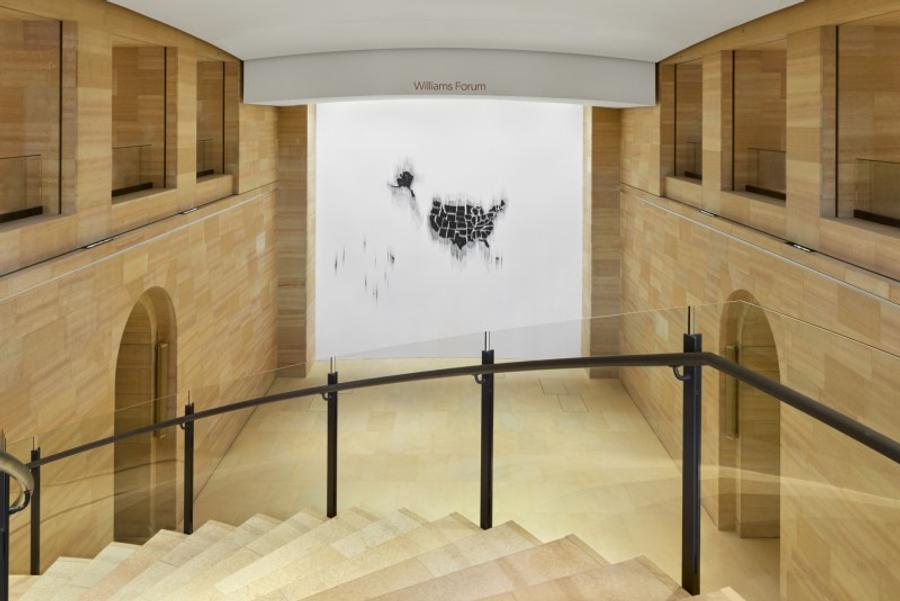
Leslie Anne Miller, Chair of the museum’s Board of Trustees, notes, “This is an investment in Philadelphia. It is critically important not only for one of this city’s most significant cultural assets, but also for the future of the city. It is vital to our economic recovery, but the value of its impact will only become fully evident over time. I am especially eager to see us reconnect with schools and communities and to welcome families back to the museum. We also recognize how significant the museum is as a destination for visitors to our city, and believe that the Core Project and the exhibitions and programs we present in the coming years will play a valuable role in encouraging the renewal and, ultimately, the growth of tourism.”
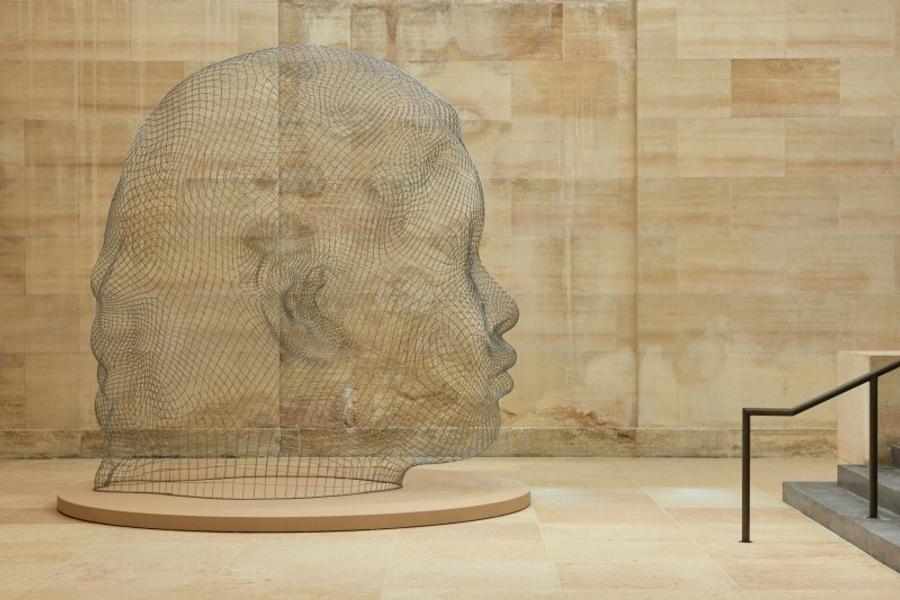
Timothy Rub, the George D. Widener Director and Chief Executive Officer, states, “What we have achieved through the completion of the Core Project represents the work of many hands, from architects and engineers to steel workers and stonemasons. Our deepest thanks go to everyone involved with the construction, to our dedicated staff and volunteers, to the many public officials who have assisted us with this work, and to our donors. The value of Frank Gehry’s brilliant plan for the renewal and improvement of this great building will be clear for everyone to see and appreciate. It both honors the past, respecting the character of this great building, and at the same time offers a compelling vision of the future.”
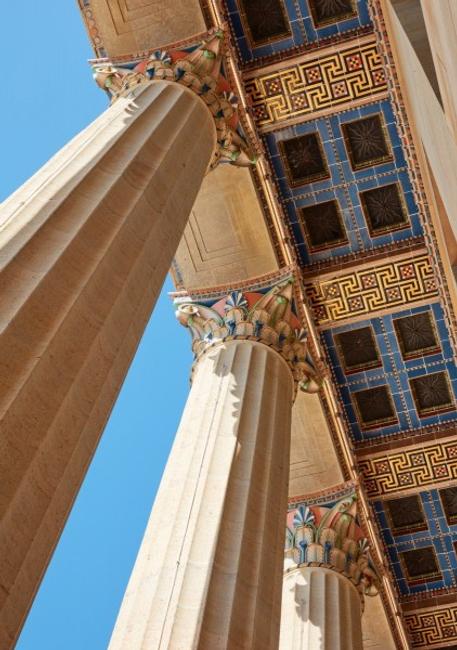
Scope of the Core Project
The scope of work has fully preserved the building’s temple-like exterior and picturesque setting, taking place largely within. The museum’s uppermost public levels—the second floor with its galleries dedicated to Impressionism and modern and contemporary art; the Great Stair Hall, where the monumental bronze Diana arches her bow; and the third floor’s European and Asian collections—have remained largely untouched. Gehry and his team have focused downward, to the level of the streets surrounding the hill upon which the museum is built, called Fairmount. From this height, the building overlooks the Benjamin Franklin Parkway, lined by sycamore trees, to which thousands come each year to ascend the so-called “Rocky Steps” up to the East Terrace. Focusing on the lower levels of the museum, the Gehry team opened up long-closed or underutilized back-of-house spaces on the first floor and ground level, and returned them, fully restored and reenvisioned, to public use. An early result of this plan was revealed in 2019, when the Kelly Drive-facing North Entrance opened to much fanfare, for the first time in decades. The lower level, where the building’s electrical and mechanical systems are housed, has also been extensively renovated.
From the outset, Gehry and the museum were determined to honor the building’s original architectural language and materials; notably, they used throughout the same golden-hued Kasota limestone, sourced from the same quarries in a small town in southern Minnesota that supplied it for the construction of the 1928 building. As Gehry puts it: “The goal in all of our work at the Philadelphia Museum of Art has been to let the museum guide our hand. The brilliant architects who came before us created a strong and intelligent design that we have tried to respect, and in some cases accentuate. Our overarching goal has been to create spaces for art and for people.” So while the project renovations feature new galleries and a dramatic multistory “forum” space, they also reveal more of the work of the original architects: Horace Trumbauer and his chief designer, the African American architect Julian Abele; and their partner firm of Zantzinger, Borie, and Medary. For instance, this phase marks the reopening of the entire length of the original Vaulted Walkway, which will take visitors across the building’s entire length from north to south on the ground level.

The Forum Gallery leads to the suites of new exhibition galleries on Level 1 that will feature the reinstallation of the museum’s holdings of American art to 1850 in the Robert L. McNeil, Jr. Galleries, and an inaugural exhibition titled New Grit: Art & Philly Now in the new suite of galleries that will be devoted to the display of modern and contemporary art, the Daniel W. Dietrich II Galleries.
As visitors walk through Lenfest Hall, they will encounter two new glass and stone staircases leading up to the Great Stair Hall, their curving forms accentuating the building’s central axis. Beyond these lies the Williams Forum, which can be reached by an extraordinary new staircase, likewise clad in Kasota stone and framed in glass rails capped with patinated bronze. Cantilevering outward as it descends, the staircase first curves back on itself and then curves outwards again as it reaches the floor of the Forum, creating a dramatic, almost Piranesi-like visual interplay of sculptural form that animates this new public space.
The Williams Forum will function as a lively public space, housing large-scale art installations, programs, and, as the pandemic wanes, other gatherings. Its slightly domed white-toned plaster ceiling and curving east wall enliven the space and serve as a nod to the arched forms of the Vaulted Walkway on the ground level that is bisected by the Forum. As visitors enter, they will immediately encounter Fire (United States of the Americas) (2017/2020), a large-scale work by the renowned American artist Teresita Fernández. This promised gift to the museum by trustee Hilarie Morgan and her husband, Mitchell, is the first in a series of installations planned for this space. Installed on the east wall, Fire (United States of the Americas) is a rendering of a map of the United States, each of its states and territories assembled from pieces of charcoal. Posing questions about what constitutes America, it points to the cycles of destruction and regeneration on which the history of this country is built.
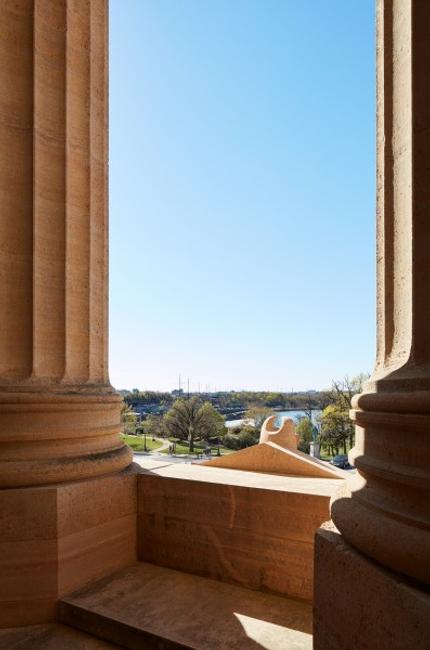
At the southern end of the Vaulted Walkway is one of the building’s historic hidden gems, the South Hall. Once open for limited use by school groups only, it has required only a light touch by Gehry Partners, such as a new coffered ceiling and LED lighting, cleaning, and repointing of the stone surfaces, and a new Kasota stone floor. It will be especially well-suited to large scale sculpture, installations, or video projections, and will also serve as a venue for events and programmatic activities. This magnificent space was originally designed to serve as one of the building’s four entrances—North, South, East, and West—but was never placed into full service. Now, like the Williams Forum, it will become a site for community use and artistic activities. It will be installed with Nuria (2017), a large head—twelve feet in height—by the Spanish artist Jaume Plensa made of stainless steel mesh, a recent gift from Aileen and Brian Roberts.
Visitors coming through the West Entrance will have easy access to the new Robert L. McNeil, Jr. Galleries of Early American Art and the new Daniel W. Dietrich II Galleries of Modern and Contemporary Art. The Robert L. McNeil, Jr. Galleries to the south side of the Forum Gallery occupy the former location of small galleries, the museum store, and restaurant, which was replaced in 2018 by the new Gehry-designed restaurant called Stir, while the Daniel W. Dietrich II Galleries on the north side replace administrative offices and the space once occupied by the museum’s library, now in the Perelman Building. The team removed the steep ramps leading to the central corridors in each of these wings and moved the corridors, now ADA compliant, to the east to provide visitors with views of the East Terrace and the skyline of the city beyond. These changes provide an additional 20,000 square feet of new space for the display of the museum’s collection and special exhibitions. The walls of the corridor running the length of the new Daniel W. Dietrich II Galleries of Modern and Contemporary Art will feature Walls of Change (2021), a brightly colored mural composed of abstract forms by Odili Donald Odita commissioned by the museum. The Robert L. McNeil, Jr. Galleries are named for the late Robert L. McNeil, Jr., longtime trustee and champion of the museum’s American Art department. He was a collector and philanthropist who entrusted the museum with many works of art from his collection, including the art of the Peale family, furniture, silver, and presidential china, which will be on view in these spaces, and who made a major gift in support of the creation of these galleries. The Daniel W. Dietrich II Galleries are named for the late Daniel W. Dietrich II, philanthropist and art collector, whose bequest in 2016 left the museum a number of contemporary works from his collection and an endowment gift to support a range of initiatives in the field of contemporary art.

More than 800 works will fill the Robert L. McNeil, Jr. Galleries in a magisterial and provocative survey of early American art that explores the many forces that shaped it and left an indelible record of encounter, innovation, and exchange, from William Penn’s early meetings with the indigenous Lenape people to the zealously expansionist period of Manifest Destiny in the middle decades of the 19th century. With its focus on urgent ideas generated and inspired by our city’s artistic community today, New Grit: Art & Philly Now will fill the Daniel W. Dietrich II Galleries with an array of 25 voices that underscore the significant role of artistic experimentation in the resilient spirit of Philadelphia, which has been a hotbed for a vibrant and continually expanding contemporary art scene. Both suites of galleries are equipped to support a wide range of multimedia needs, with state-of-the-art technology and infrastructure.
Just inside the West Entrance, Lenfest Hall has now become more open and light-filled, with its Kasota stone walls and columns cleaned, and a new coffered ceiling with integrated LED lighting.
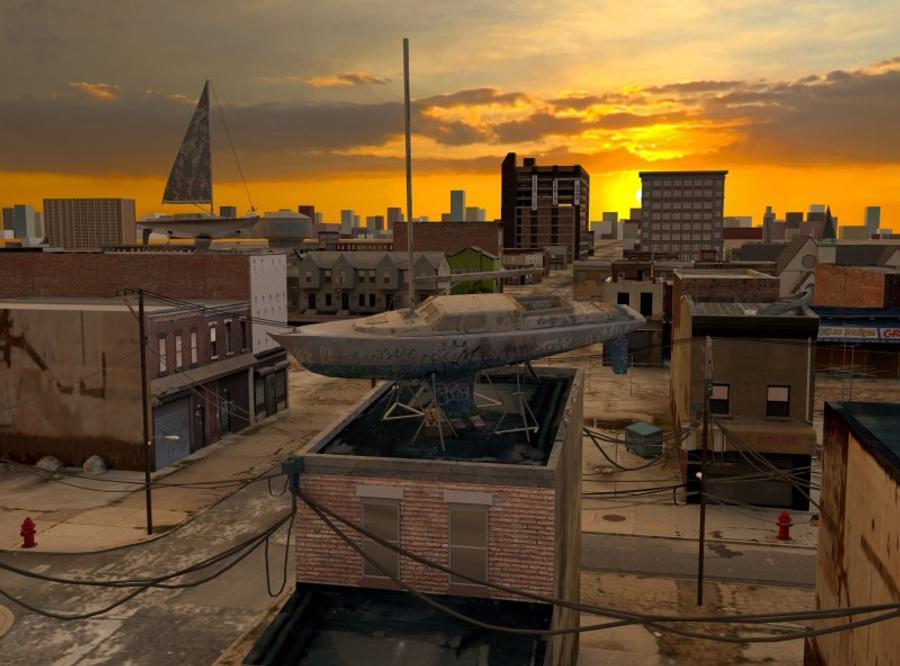
Two large-scale plaster bas-reliefs, The Race of Atalanta and Hippomenes and The Triumph of Flora, by Joseph Deschamps (French, 1743-88), which have been situated high in the balconies on the north and south walls since the museum’s opening in 1928, have been newly restored and stabilized, and a newly installed wall sculpture, Generation (1988) by the distinguished American artist Martin Puryear, will grace the wall at the threshold between Lenfest Hall and the Forum Gallery.
Lenfest Hall will also be furnished with gently curving, Gehry-designed admissions desks, with warm Douglas fir surfaces and bronze counters. The twin balconies will house the museum’s new Members Lounge, which will also be used for community groups, and a refurbished Balcony Café, both ADA accessible.
Gehry Partners have left the exterior of the museum largely untouched, but the West Terrace reveals subtle but much-needed changes. The Robbi and Bruce Toll Terrace has been named in recognition of the generosity of longtime museum trustee Bruce Toll and his wife, Robbi.













_-3100x100_c.jpg)
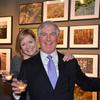





100x100_c.jpg)
